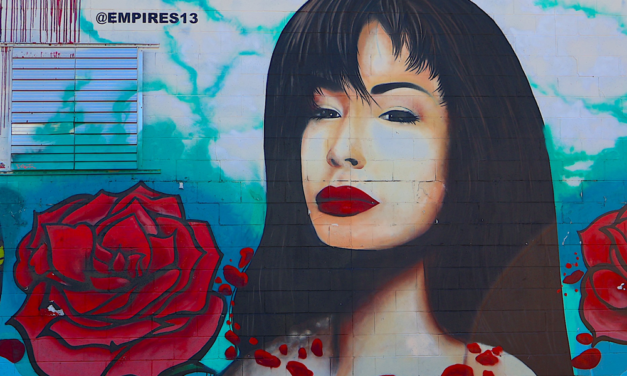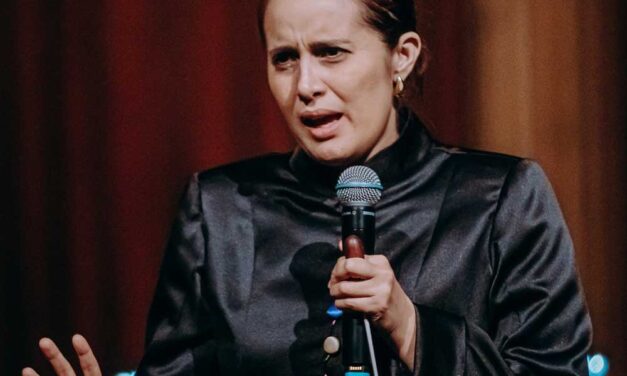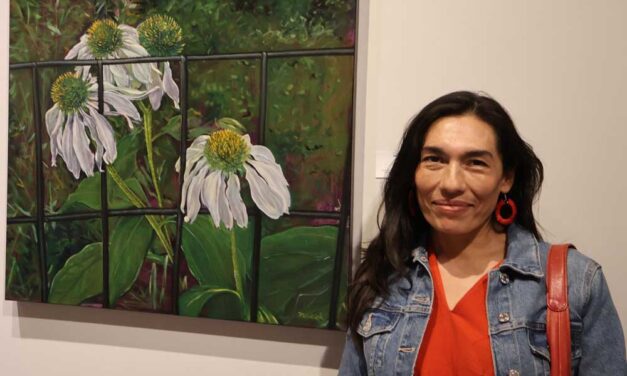Young Cleto Rodriguez moved to the Westside of San Antonio at the age of nine to live with relatives after the death of both this parents. After working as a newsboy at the downtown Gunter Hotel, he joined the United States Army in 1944 to serve his country. That newsboy, Cleto Rodriguez, would be one of the 500,000 Mexican Americans from across the nation to fight in World War II. When he was deployed to the Pacific theater, it never occurred to him that he would return as one of the most decorated soldiers of the war. The war in the Pacific was extremely difficult for the American forces. After the Japanese launched a surprise attack on Pearl Harbor, America knew that they faced a determined enemy that had already managed to captur strategic territory in China and numerous Pacific islands including the Philippines. Army forces of the 37th Infantry Division were sent to the Philippines with the intent of capturing the capital city of Manila.
It took nearly two years of jungle fighting to reach Manila, where Japanese forces were heavily fortified. Private Rodriguez had been assigned to a small force that was sent to capture the Paco Railroad Station in Manilla. The enemy, numbering 300 soldiers, had managed to pin down Private Rodriguez’ rifle squad 100 yards from the coveted railroad station. The Japanese defenders had the advantage of pillboxes with deadly machine guns. In an effort to break the impasse, Private Rodriguez and his buddy John M. Reece of Oklahoma City, split from their platoon and advanced an additional forty yards. Taking cover at an abandoned house, the two Americans managed to kill more than thirty enemy soldiers. Again Rodriguez and Reece moved closer to the railroad station, and in doing so, managed to take out a enemy replacement squad attempting to reach the pillboxes.
Taking careful aim, these courageous soldiers shot and killed an additional forty enemy soldiers. Rodriguez made a bold move toward a building housing seven additional enemy soldiers with machine guns. The young private threw five grenades into the building which killed all the enemy soldiers and destroyed the 20mm gun. In over two hours fighting, Rodriguez and Reece killed more than eighty-two enemy soldiers and wounded many others. Their bravery allowed the American squad to eventually capture the railroad station. In their return to their company, however, Reece died from hostile gunfire. For their bravery, Rodriguez and Reece were awarded the Medal of Honor, Reece, posthumously. A l – though Sergeant Cleto Rodriguez received the nations highest military recognition, one of several Mexican Americans to earn such distinction, this was not the end of his military service.
He returned to serve the United States by enlisting in the Army during the early years of the Vietnam War and also served in the Air Force after World War II, completing another fifteen years in the military. While Cleto Rodriguez was in the service, his family lived on my street during the time I was growing up in the Westside of San Antonio. Regretfully, I never met him and I did not learn of his heroic accomplishments until I saw a mural at the Casino Homes dedicated to his memory. Young Cleto Rodriguez The story of Medal of Honor recipient Cleto Rodriguez taught me that heroes can live next door and we might not know their stories of heroism. Indeed, because we do not learn about them in our history classes, we are unable to assure that the broader community also knows about their patriotism and the extent of their sacrifices. To make sure that our Vietnam heroes are not forgotten, I put together a team to identify the fallen heroes of my generation—those who served and gave their lives in the Vietnam War. Our team “Faces with Names” has eight members, including the distinguished Army General Alfred Valenzuela. This team identified the names and gathered the photos of all of the 362 Fallen Heroes from Bexar County who lost their lives in the Vietnam conflict. This was done to assure that the young men from Bexar County who died in Vietnam will be remembered in the proposed new Vietnam Museum in Washington, DC. The Vietnam Wall Memorial in the nation’s capitol has all of their names, but not where they were from. Also missing were their photos. The “Faces with Names” project, which took eight years to complete, will make sure that these fallen heroes are properly recognized. The American death toll in Vietnam exceed 58,000. Today, the families of those who did not return can be assured that their husbands, sons and relatives who sacrificed for our freedom will not go unnoticed. This Fourth of July we pay tribute to those who defended our great nation.
Latina/o Artists Draw Inspiration from Central American and Mexican Mayan Communities
Facebook Twitter Google+ Gmail Print Friendly Like 0 A Spring 2025 Artpace Opening Reception &...
Read MoreSelena y Los Dinos at SXSW
Facebook Twitter Google+ Gmail Print Friendly Like 0 Selena Quintanilla was more than a musician;...
Read MoreLatina Lina González-Granados: A Music Prodigy Performs in San Antonio
Facebook Twitter Google+ Gmail Print Friendly Like 0 A front page Arts story in The New York Times...
Read MoreLatina Women’s Art at the Forefront at Mujeres de Aztlán Exhibition.
Facebook Twitter Google+ Gmail Print Friendly Like 0 The 16th Annual Mujeres de Aztlán Exhibition,...
Read MoreAlonso S. Perales Exhibit & Keynote Address by Author Cynthia E. Orozco, March 20th, 6pm at The Sueltenfuss Library, OLLU
Facebook Twitter Google+ Gmail Print Friendly Like 0 Courtesy of Karen Carr The Sister Elizabeth...
Read More










